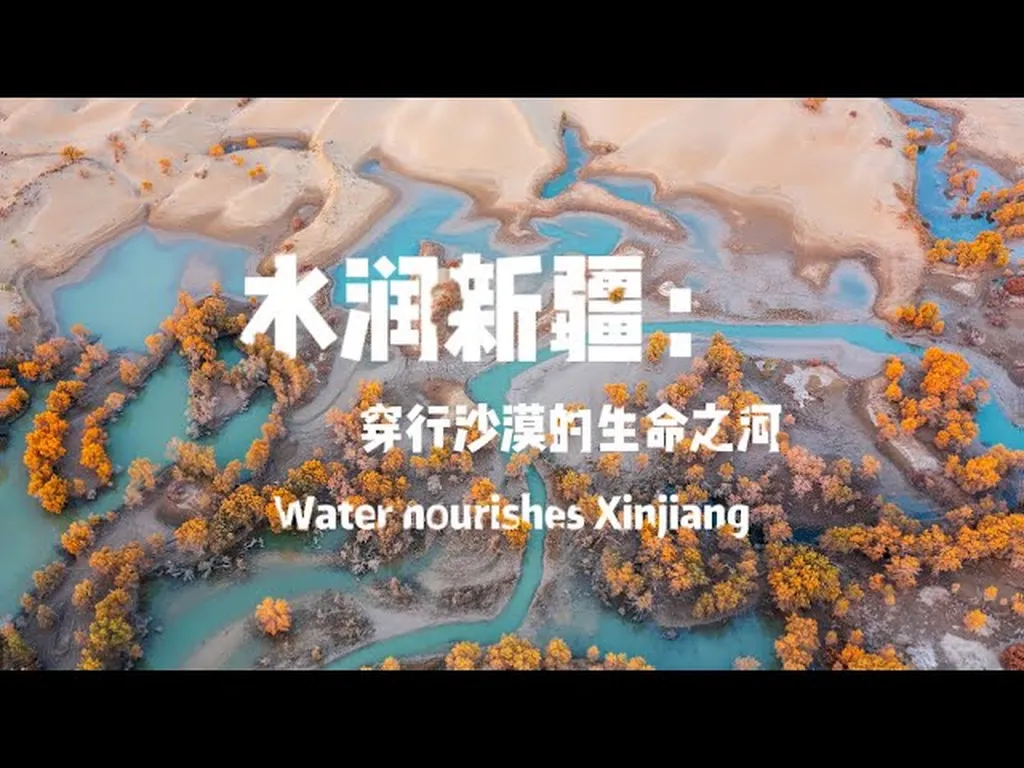In the arid landscapes of Xinjiang, China, water is a precious commodity, and understanding how it infiltrates the ground could revolutionize irrigation practices and bolster water resource management. A recent study published in the *Journal of Groundwater Science and Engineering* (translated from Chinese as “Diqiu Shuitan Kexue yu Gongcheng Xuebao”) sheds light on these critical processes, offering insights that could reshape agricultural and water management strategies in dry regions worldwide.
Led by Bin Ran of the Key Laboratory of Subsurface Hydrology and Ecological Effect in Arid Region of the Ministry of Education at Chang’an University, the research focused on the Kongque River Irrigation District. This area, like many others in arid and semi-arid regions, faces unique challenges in water management. “Understanding the infiltration process and quantifying recharge are critical for effective water resources management,” Ran emphasized, highlighting the importance of the study.
The team conducted a Brilliant Blue FCF dye tracer experiment to investigate infiltration pathways under different land use types—cotton fields, pear orchards, and bare land. Their findings revealed that the average preferential flow ratio was highest in bare land (50.42%), followed by cotton fields (30.09%) and pear orchards (23.59%). Matrix flow, the slower, more uniform movement of water through soil, dominated infiltration in the pear orchards and cotton fields.
One of the most significant findings was the impact of irrigation methods on recharge rates. Surface irrigation, which involves flooding fields, promoted deeper infiltration compared to drip irrigation, which delivers water directly to the roots of plants. “Irrigation method was a primary factor influencing recharge rates,” Ran noted, pointing to the potential for optimizing irrigation practices to enhance water conservation.
The study estimated recharge rates using the chloride mass balance method, finding that under drip irrigation, cotton fields saw recharge rates ranging from 23.47 mm/a to 59.16 mm/a. In contrast, surface irrigation in pear orchards contributed between 154.30 mm/a and 401.65 mm/a. These figures underscore the importance of tailoring irrigation methods to specific crops and soil conditions to maximize water efficiency.
The implications of this research extend beyond Xinjiang, offering valuable insights for arid regions globally. By understanding how water infiltrates the ground under different conditions, farmers and water managers can make informed decisions that promote sustainable water use. This could lead to more efficient irrigation practices, reduced water waste, and improved crop yields, ultimately benefiting the agricultural sector and the broader economy.
As the world grapples with the challenges of climate change and water scarcity, studies like Ran’s provide a roadmap for sustainable water management. By leveraging these findings, the energy and agricultural sectors can work together to develop innovative solutions that ensure water security for future generations. The research published in the *Journal of Groundwater Science and Engineering* serves as a testament to the power of scientific inquiry in addressing real-world challenges, paving the way for a more sustainable future.

